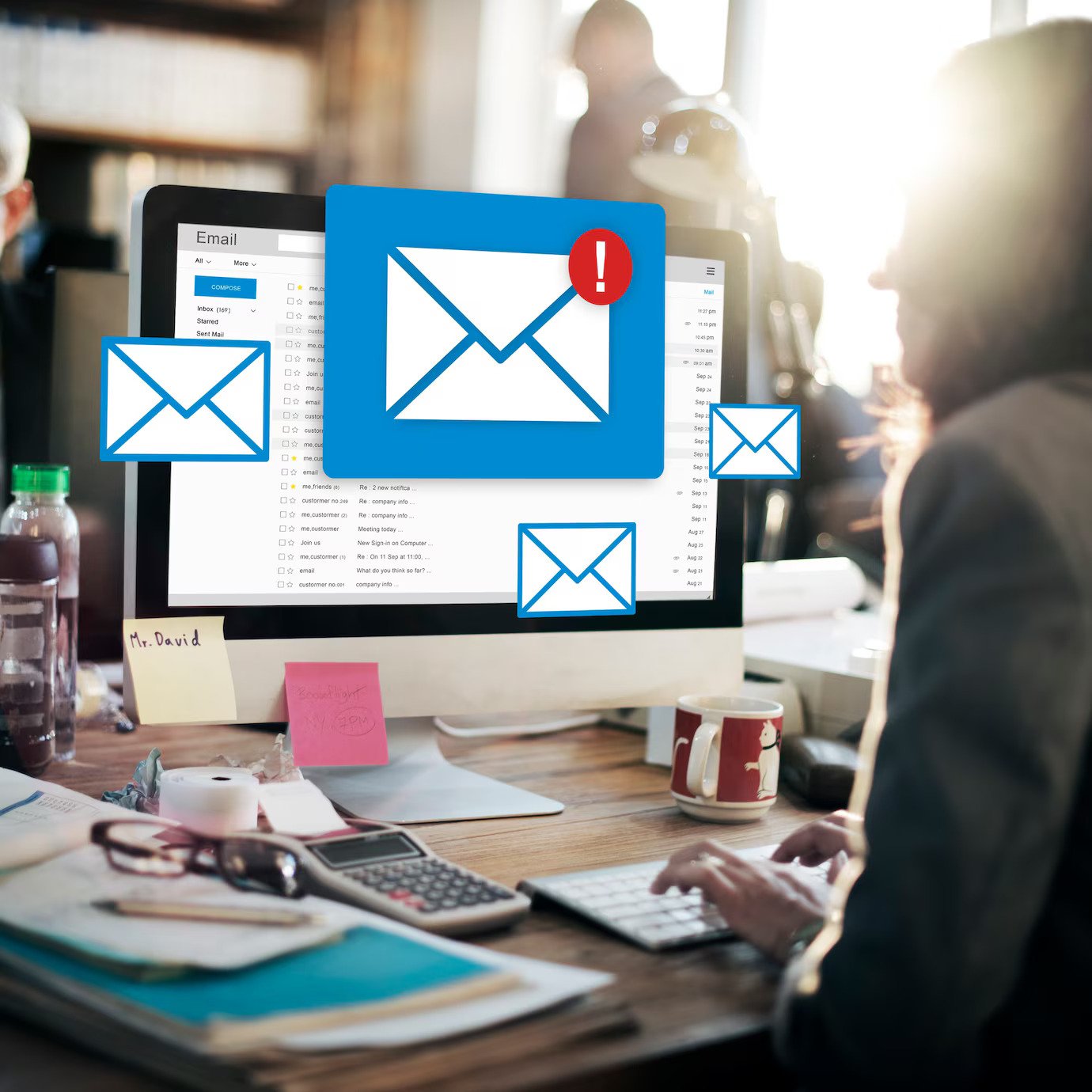
Business-to-Business email marketing remains one of the most effective channels for generating leads, nurturing relationships, and driving conversions. However, B2B email marketing best practices require a strategic approach that aligns with your target audience’s needs and behaviors. From crafting compelling subject lines to optimizing email design and personalization, every detail matters.
Implementing B2B email marketing best practices helps businesses improve engagement rates and ROI. Unlike B2C, B2B marketing focuses on relationship-building, long sales cycles, and data-driven communication.
Understanding B2B Email Marketing Best Practices
B2B email marketing best practices differ from B2C in various ways, primarily in audience intent and buying cycles.
Key Differences Between B2B and B2C Email Marketing
Longer sales cycles – B2B buyers conduct extensive research before making purchasing decisions.
Decision-making involves multiple stakeholders – Emails must address different roles within a company.
Focus on value and education – B2B emails should provide insights, case studies, and data-driven content.
To succeed, businesses need to craft targeted email campaigns that address the needs and challenges of their professional audience.
B2B Email Marketing Best Practices
1. Build a High-Quality Email List
Your success depends on the quality of your email list. Instead of buying email lists, focus on organic lead generation through:
Website sign-ups – Offer valuable resources like whitepapers, eBooks, or webinars.
LinkedIn networking – Connect with potential prospects and invite them to your email list.
Content marketing – Use blog posts and case studies to encourage email subscriptions.
A clean and updated email list ensures better deliverability and engagement.
2. Segment Your Audience for Personalization
Not all B2B prospects have the same interests or needs. Segmentation allows you to send highly relevant content to each group.
Ways to segment your B2B email list:
Industry – Tailor emails to specific industries for more relevance.
Company size – Small businesses and enterprises have different needs.
Stage in sales funnel – Send different emails to cold leads, engaged prospects, and existing customers.
Past interactions – Use previous email engagement data to customize follow-ups.
Personalized emails drive higher open and conversion rates.
3. Craft Compelling Subject Lines
The subject line determines whether recipients open your email. For B2B, keep it professional yet engaging.
Best practices for subject lines:
Keep it under 50 characters.
Use action-oriented language.
Highlight a benefit or solution (e.g., “How to Reduce SaaS Churn by 30%”).
Avoid spam-triggering words like “free” or “urgent.”
A/B testing different subject lines helps determine what resonates with your audience.
4. Provide Value-Driven Content
B2B audiences look for content that solves their problems. Avoid overly promotional emails and focus on providing insights.
Types of value-driven email content:
Industry reports & research – Share data-driven insights.
Case studies – Show real-world success stories.
Webinar invitations – Educate prospects with expert-led discussions.
Product tutorials – Help users maximize the value of your solution.
Each email should serve a purpose—whether it’s educating, nurturing, or converting leads.
5. Optimize Email Design for Readability
B2B professionals are busy, so emails must be easy to read and visually appealing.
Email design tips:
Short paragraphs with points increase readability.
Use a clear CTA (Call to Action) button that stands out.
Ensure mobile responsiveness, as many professionals check emails on their phones.
Maintain a clean and professional design with minimal distractions.
A well-structured email improves engagement and encourages action.
6. Use a Consistent Sending Schedule
Timing and frequency impact email performance. Sending too many emails can lead to unsubscribes, while sending too few may reduce engagement.
Best practices for email frequency:
Weekly or bi-weekly newsletters for industry updates.
Follow-up sequences after downloads or sign-ups.
Event-based emails for promotions, webinars, or product launches.
Test different schedules to find what works best for your audience.
7. A/B Test and Analyze Performance
Continuous testing and optimization are key to improving B2B marketing results.
Elements to A/B test:
Subject lines
Email copy and CTAs
Sending times
Email formats (plain text vs. HTML)
Track key metrics like open rates, click-through rates, and conversion rates to refine your strategy.
8. Ensure Compliance with Email Regulations
To avoid legal issues, follow email marketing regulations such as:
GDPR (General Data Protection Regulation) – Ensure user consent before sending emails.
CAN-SPAM Act – Include a clear opt-out option in every email.
CASL (Canadian Anti-Spam Law) – Avoid misleading subject lines and obtain express consent.
Compliance builds trust and maintains a good sender reputation.
Common B2B Email Marketing Mistakes to Avoid
1. Sending Generic, Non-Personalized Emails
B2B audiences expect tailored content. Generic mass emails reduce engagement and conversions.
2. Overloading Emails with Sales Pitches
Focus on educating and nurturing prospects rather than aggressively pushing sales.
3. Ignoring Mobile Optimization
Ensure all emails look good on mobile devices, as many professionals read emails on smartphones.
4. Not Following Up on Leads
A single email isn’t enough. Use automated follow-ups to keep prospects engaged.
Implementing B2B email marketing best practices helps businesses improve engagement, nurture leads, and drive more conversions. From building a high-quality email list to crafting personalized messages and optimizing design, every step contributes to better results.
By focusing on segmentation, value-driven content, and continuous testing, businesses can create email campaigns that resonate with their target audience. Following these best practices ensures higher ROI, better client relationships, and long-term success in Business email marketing.

